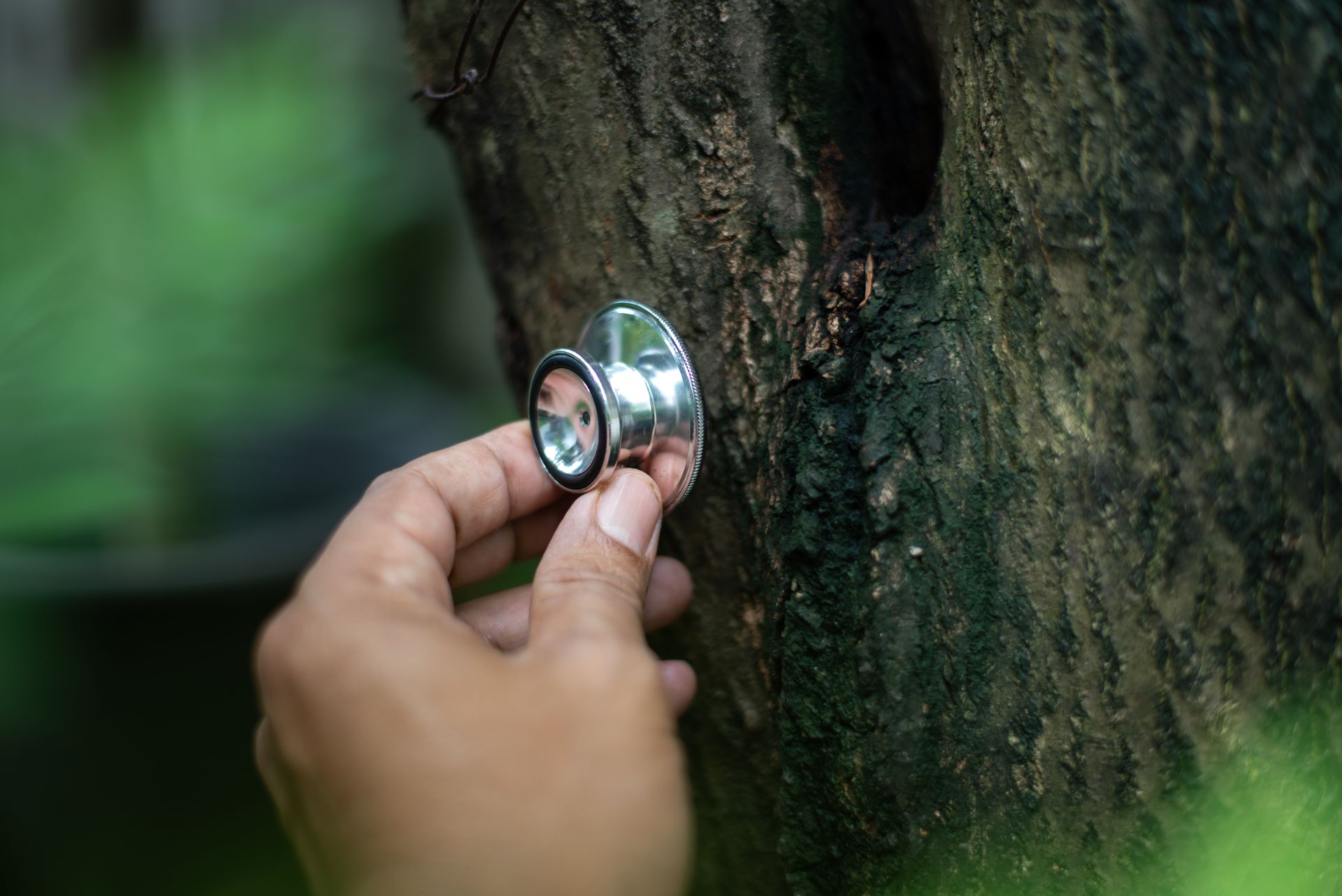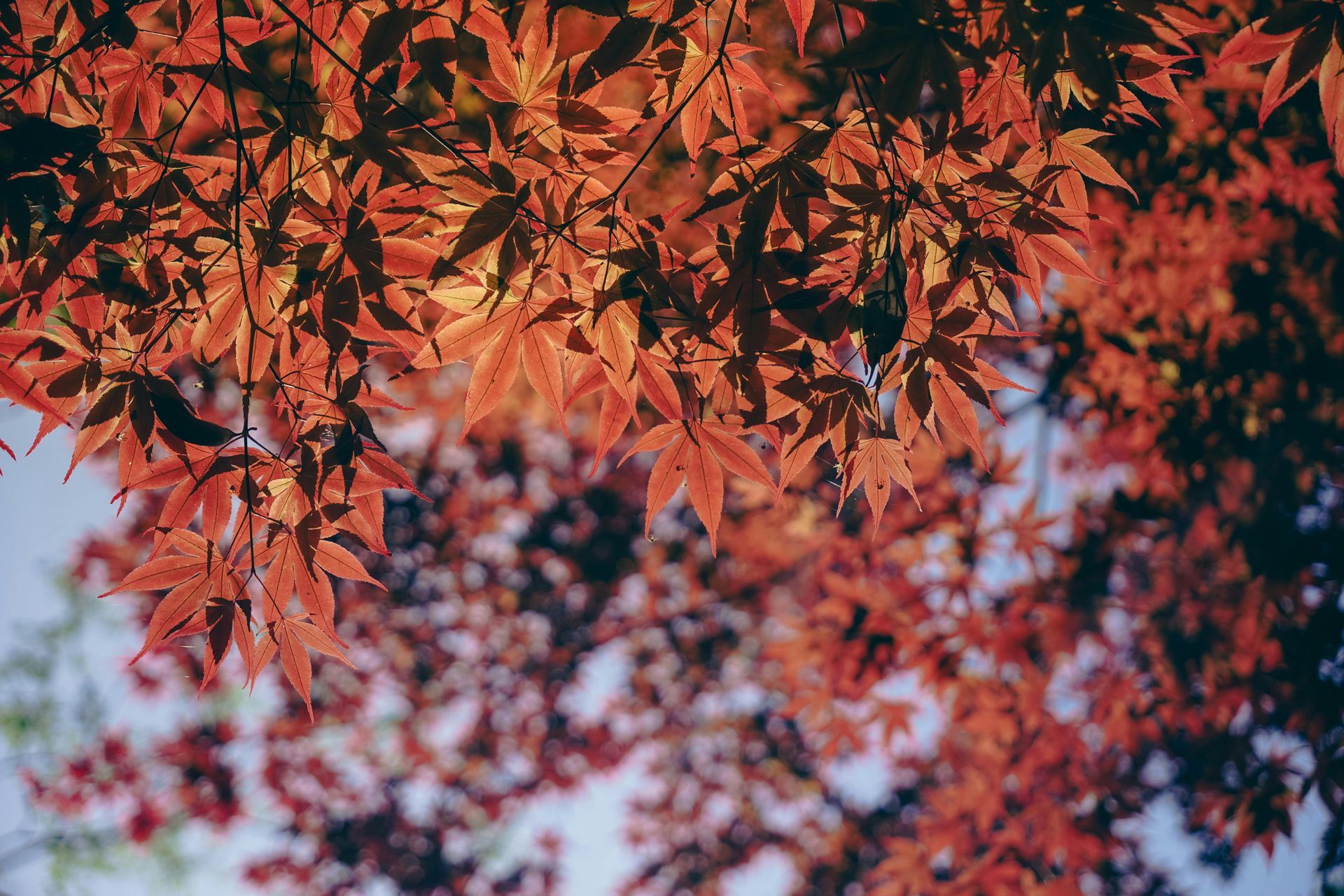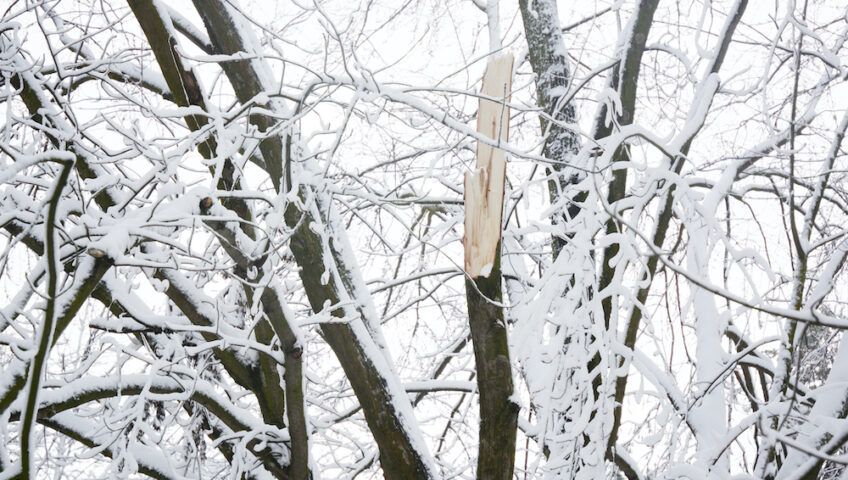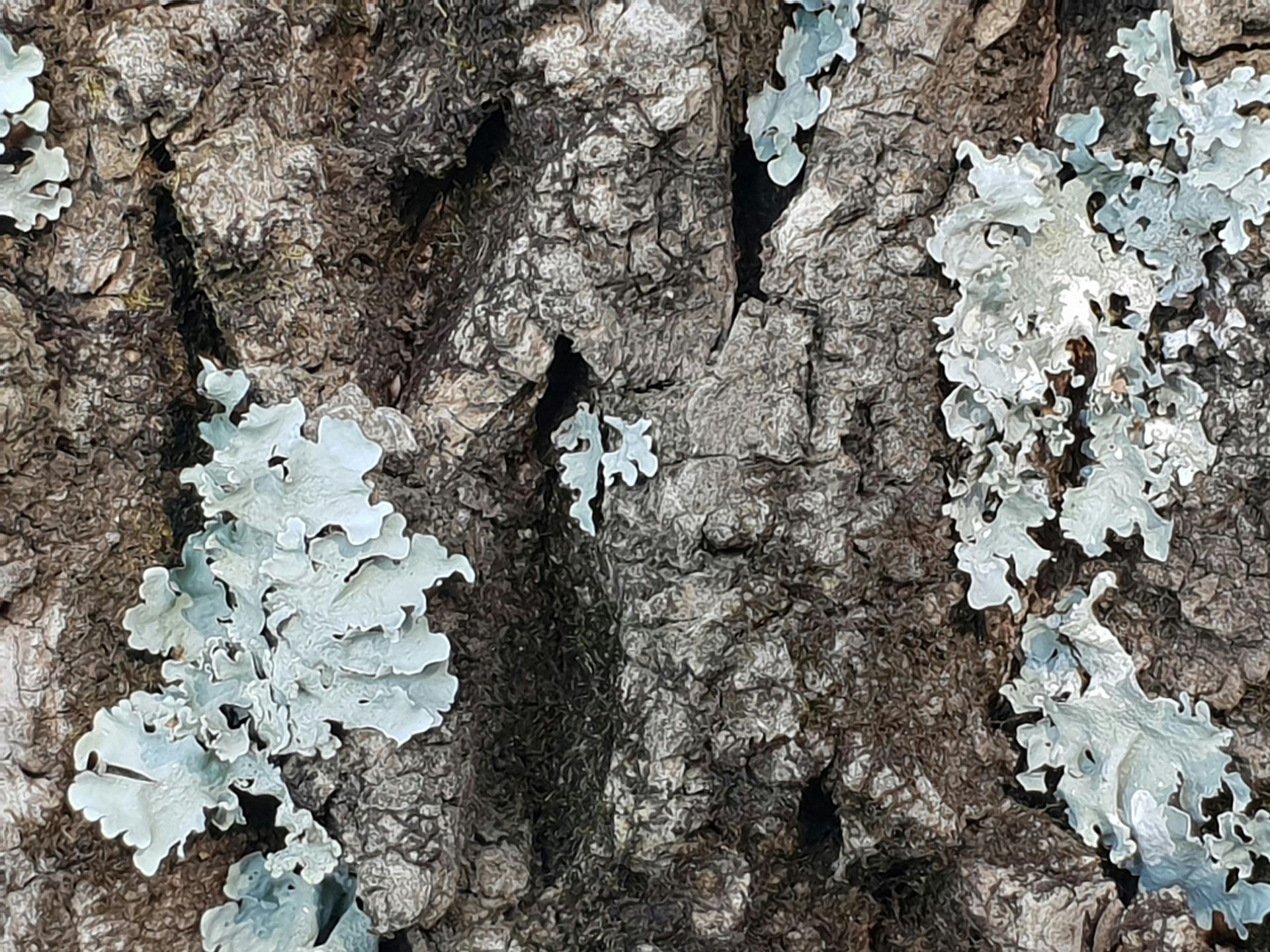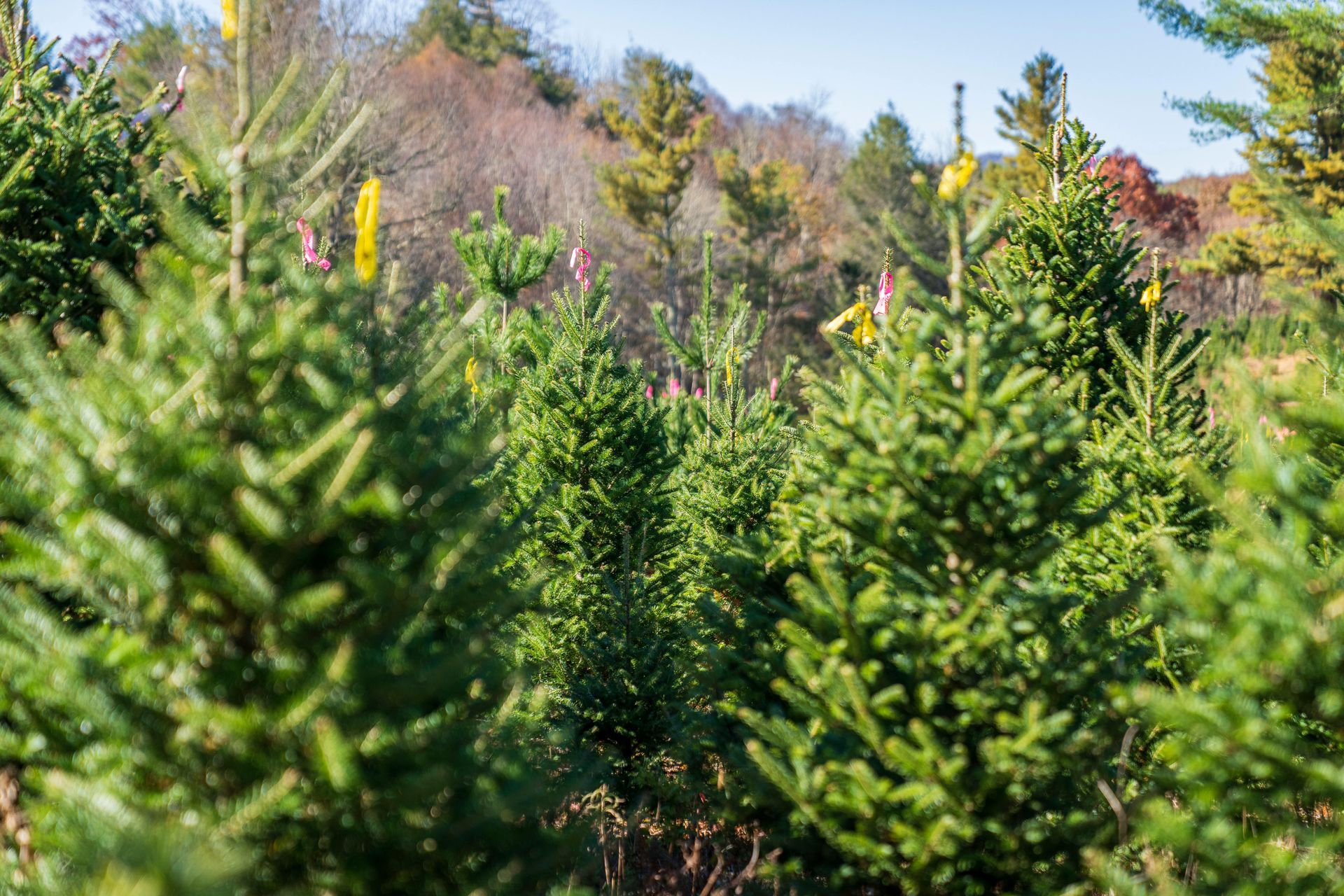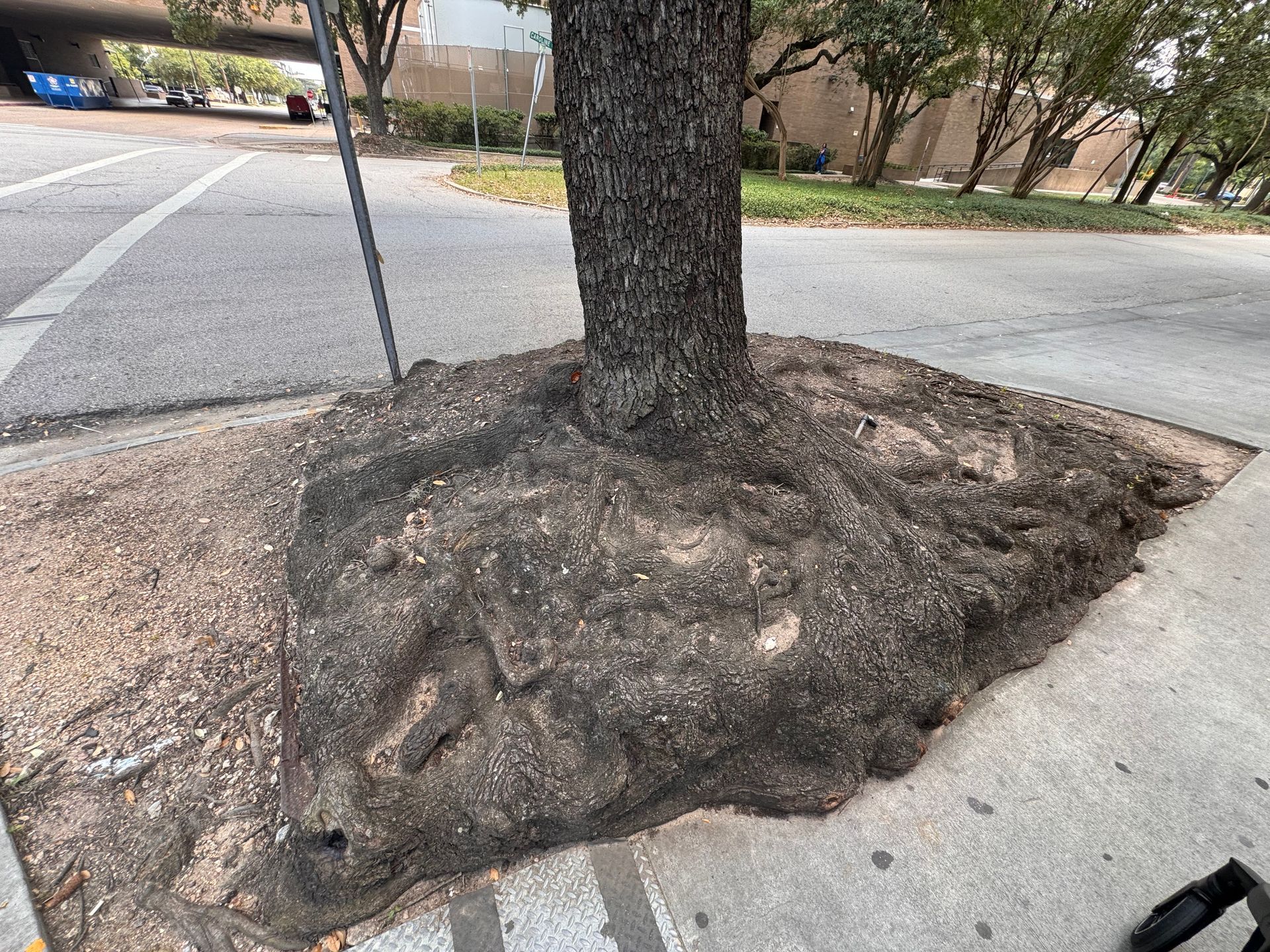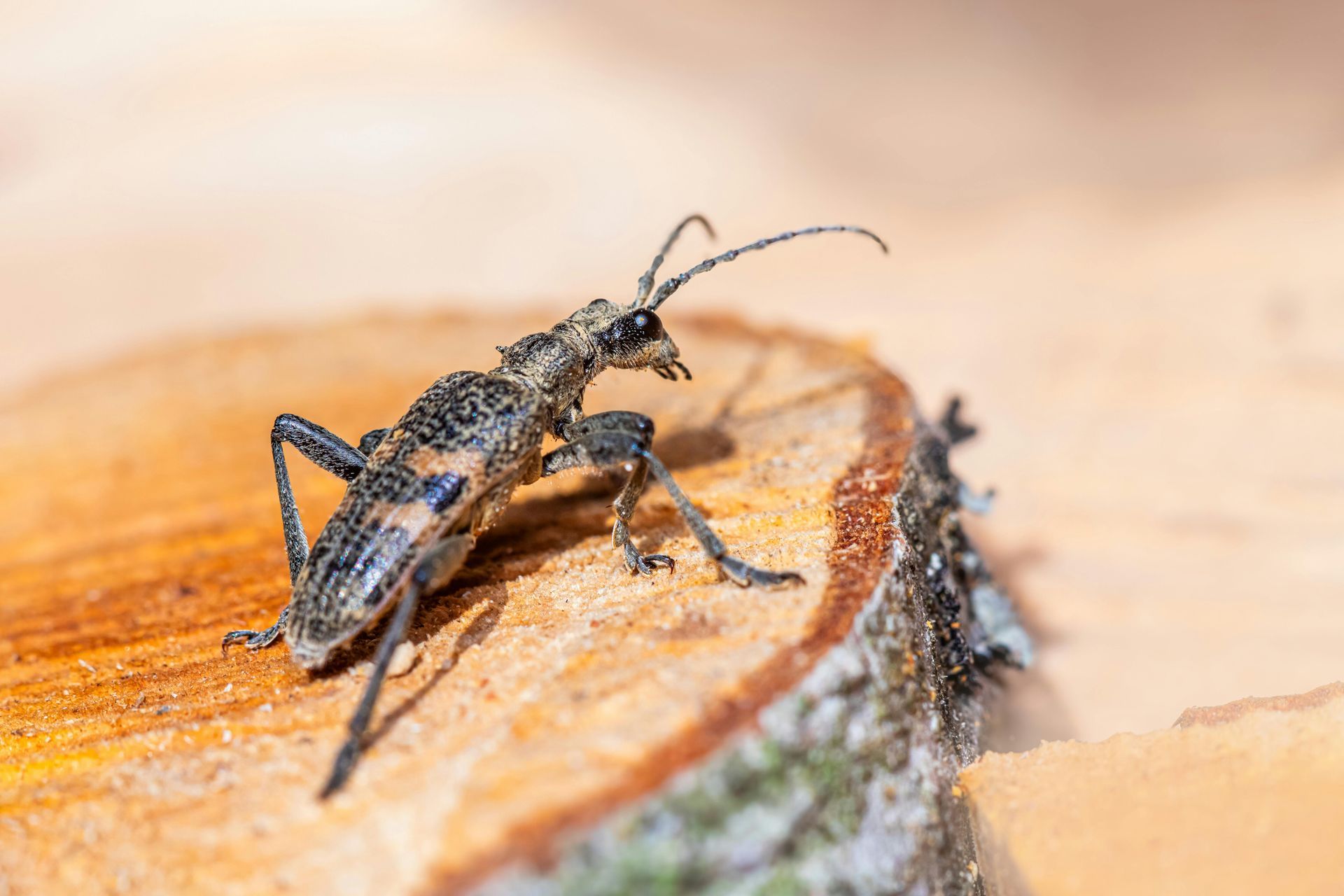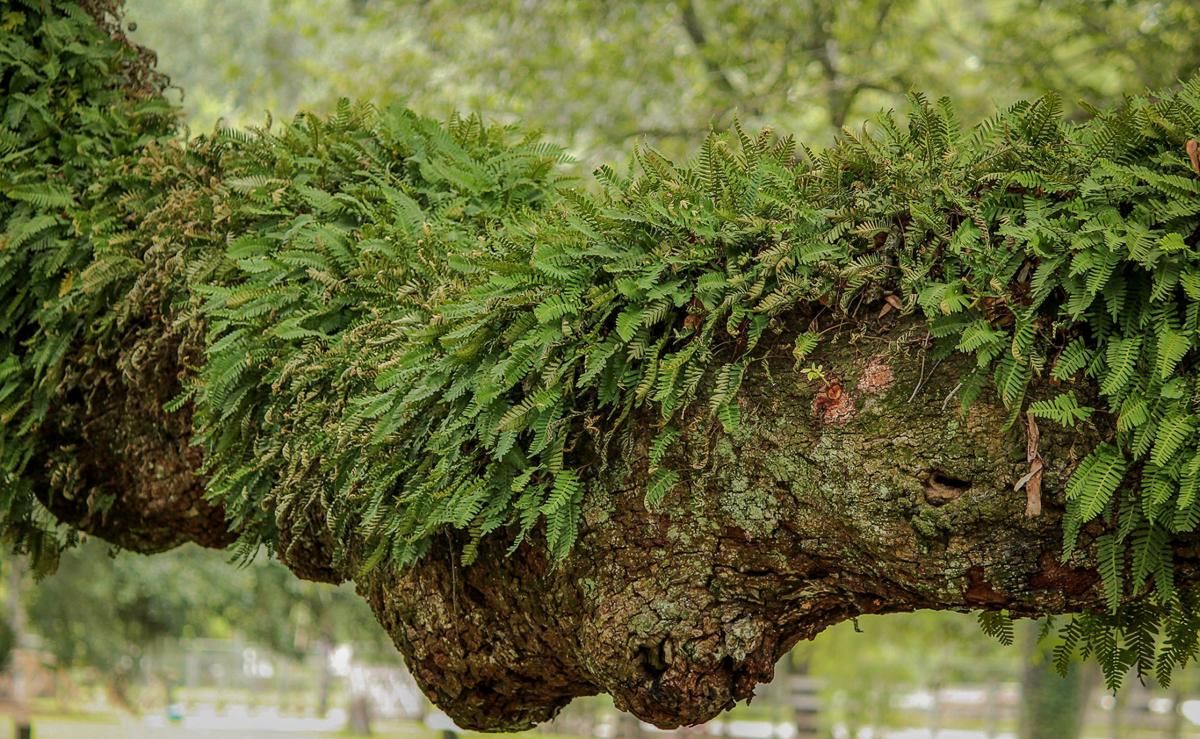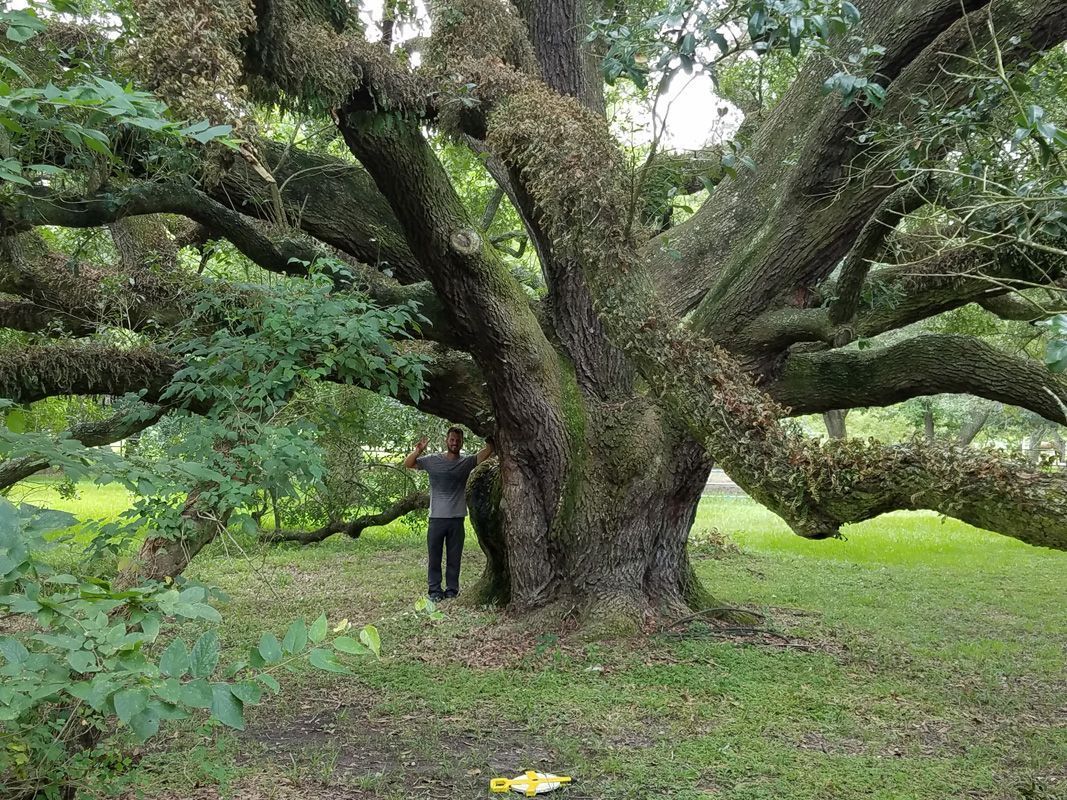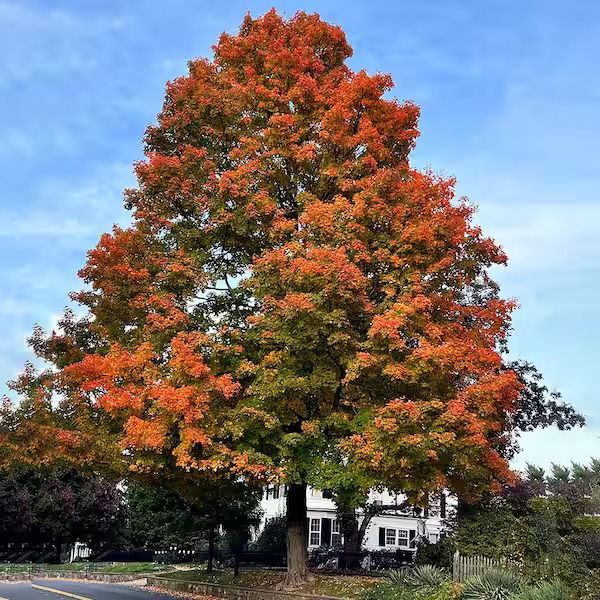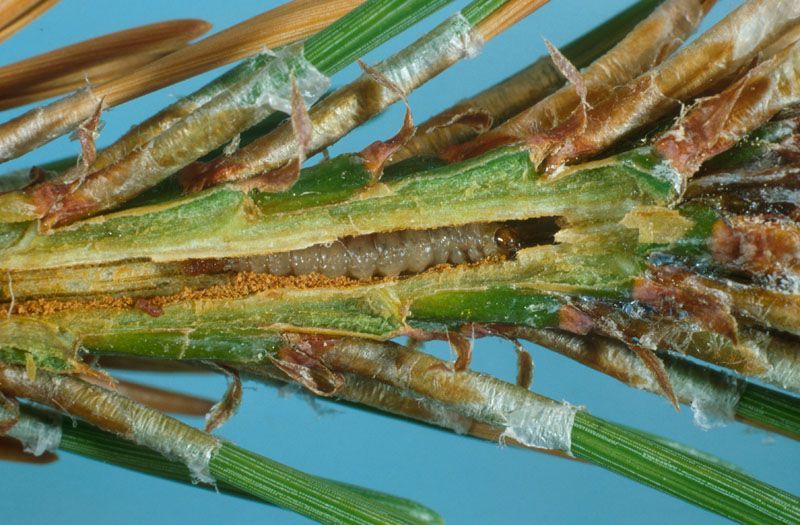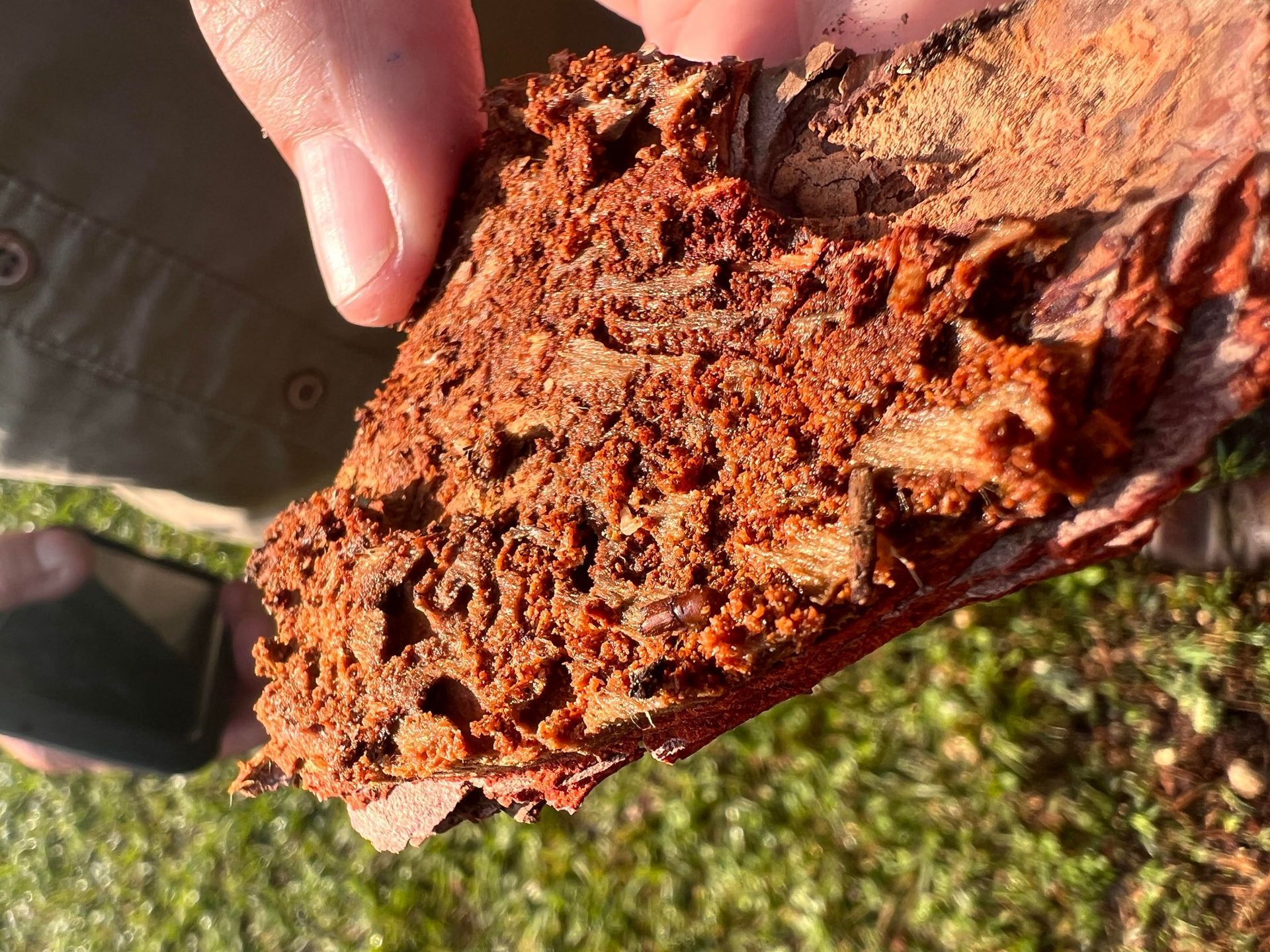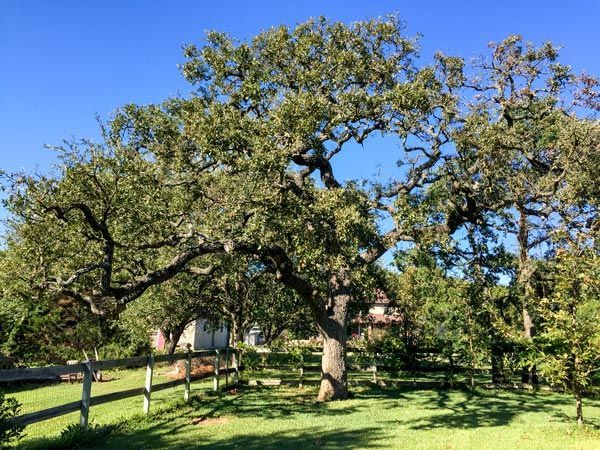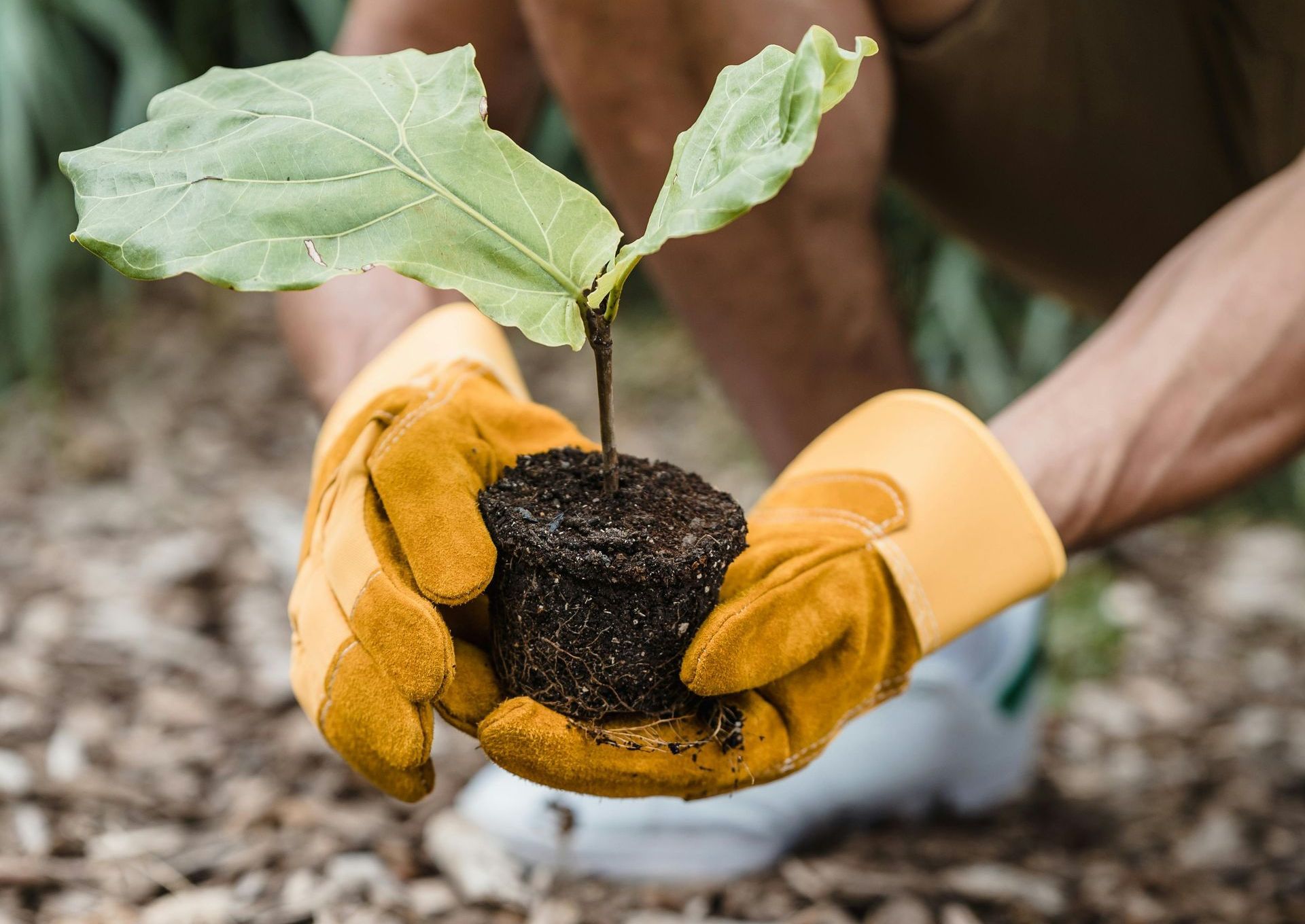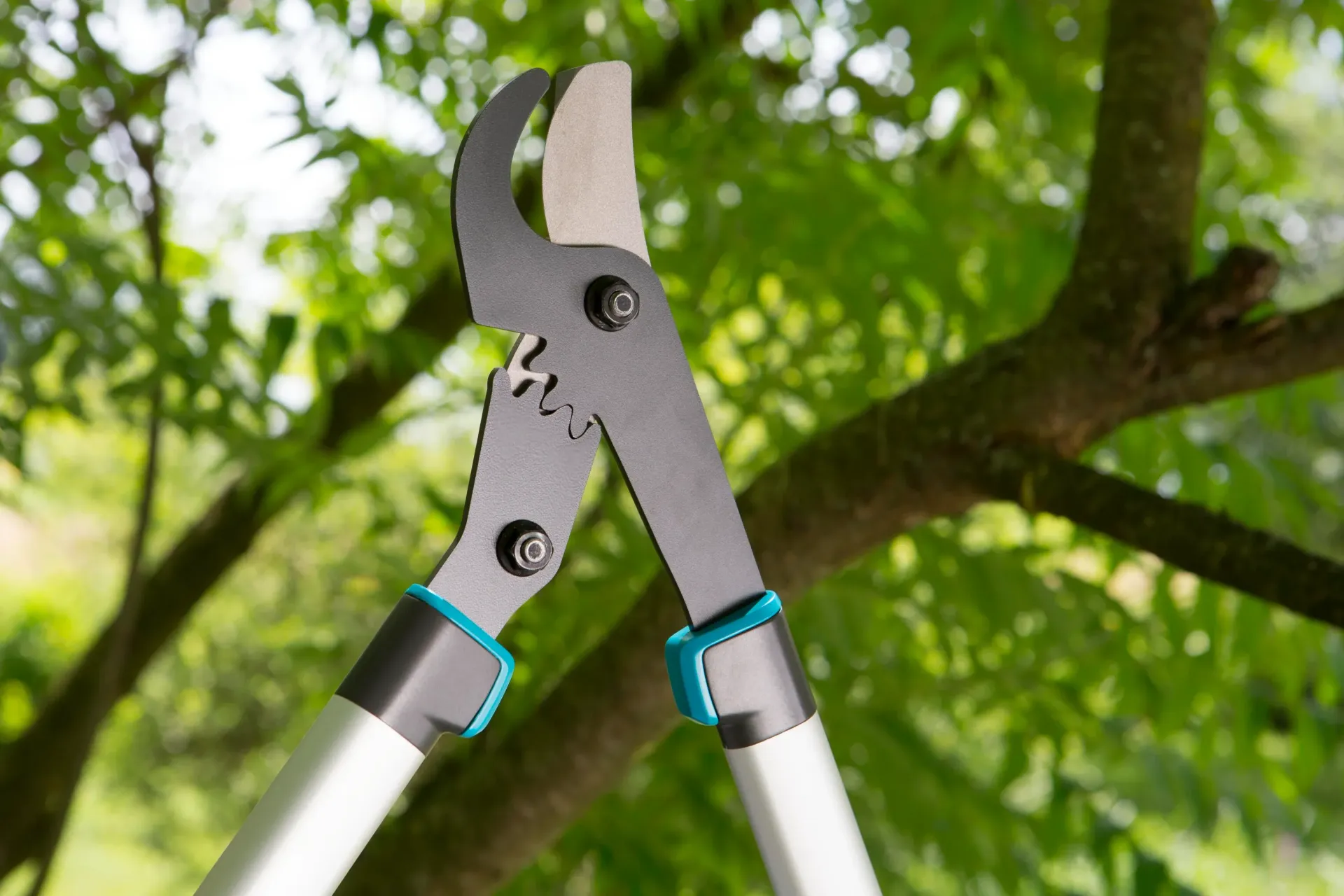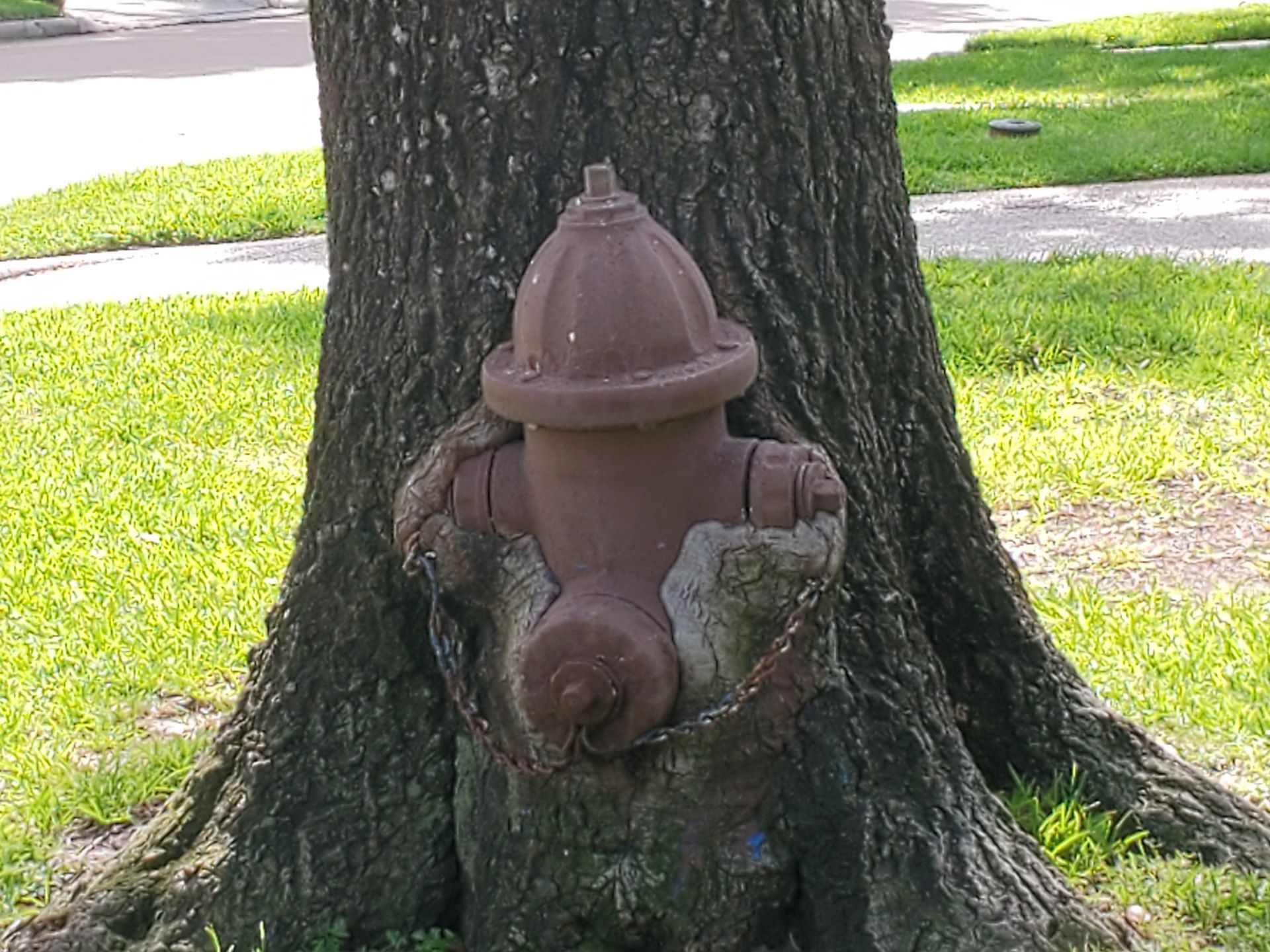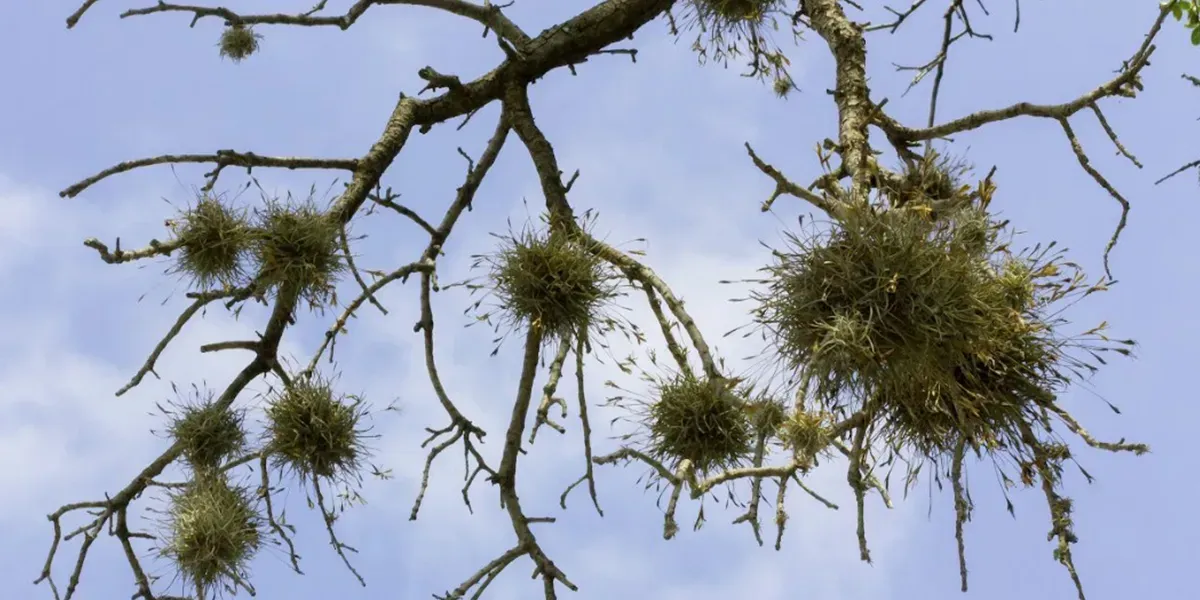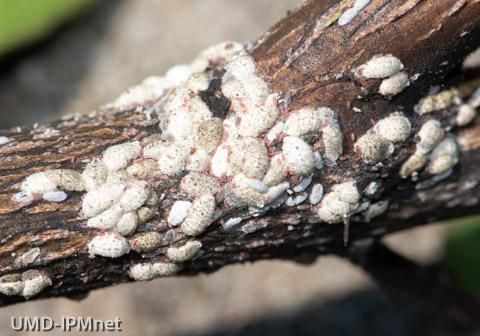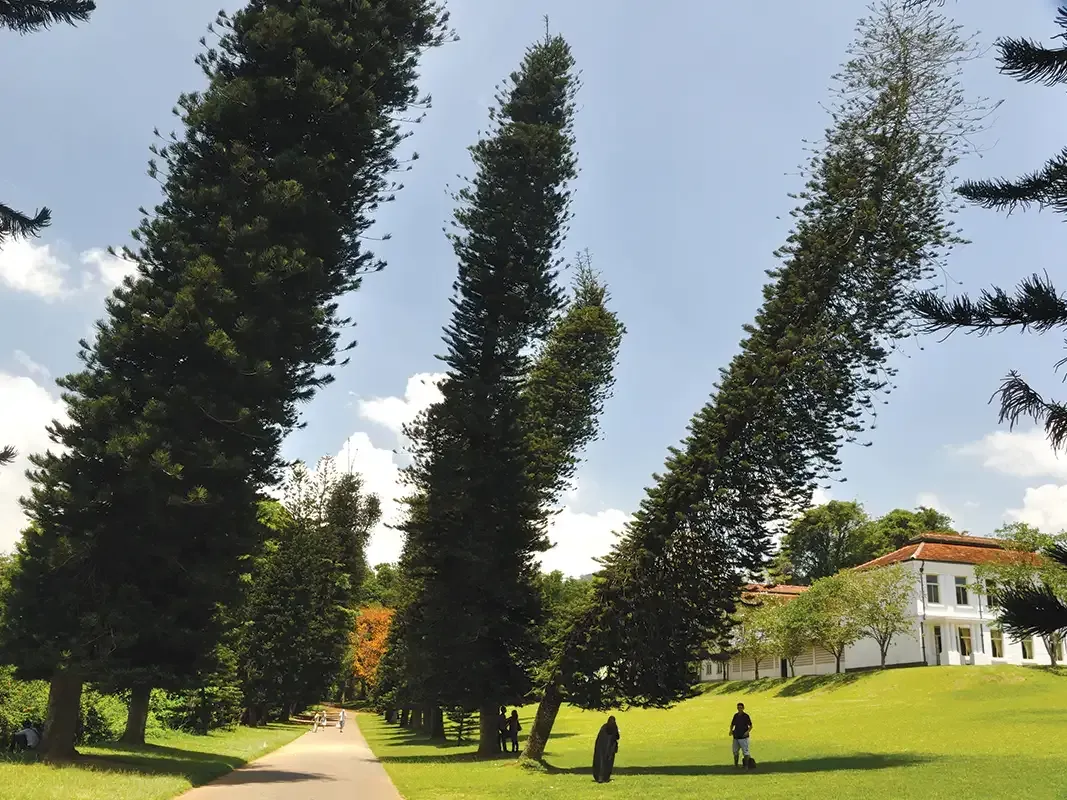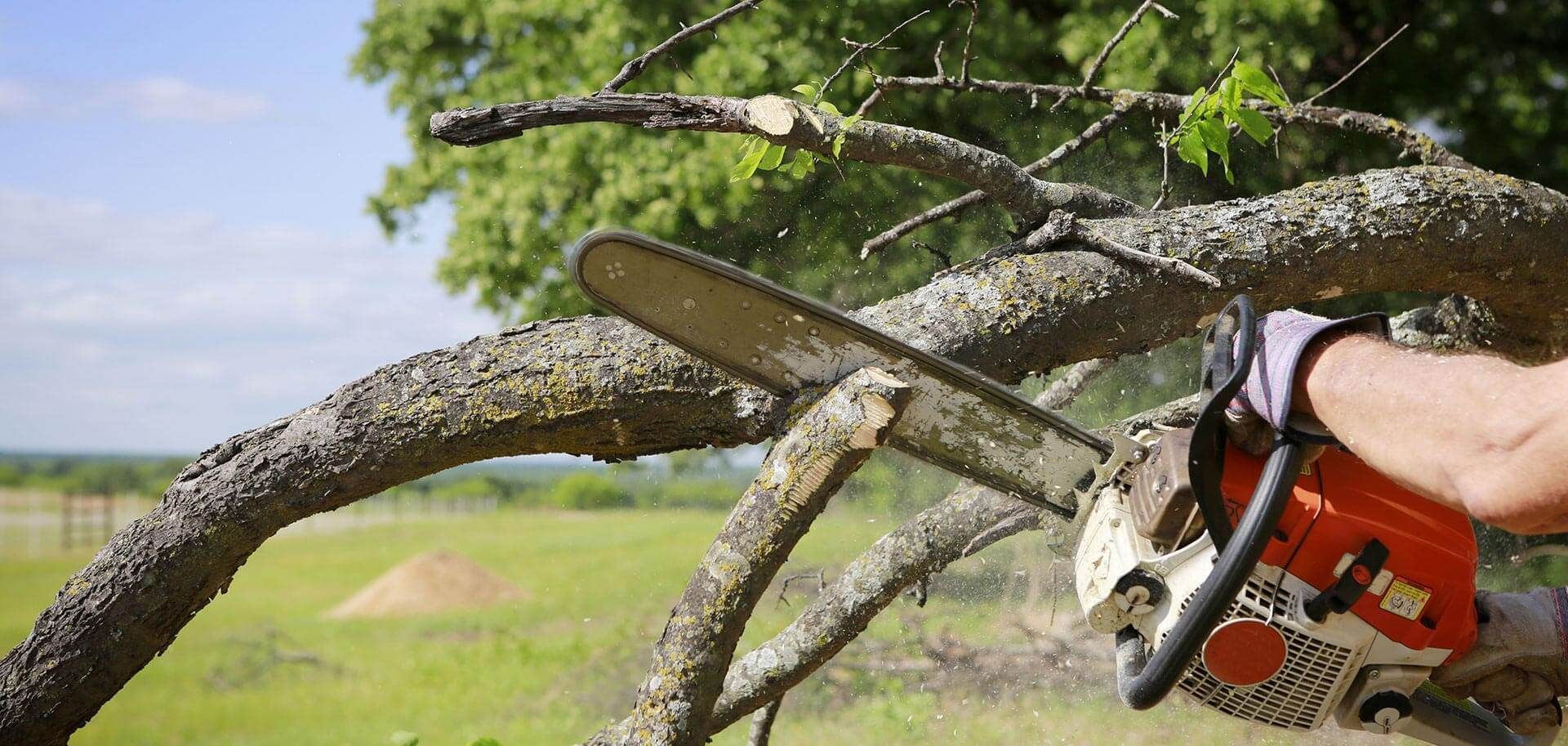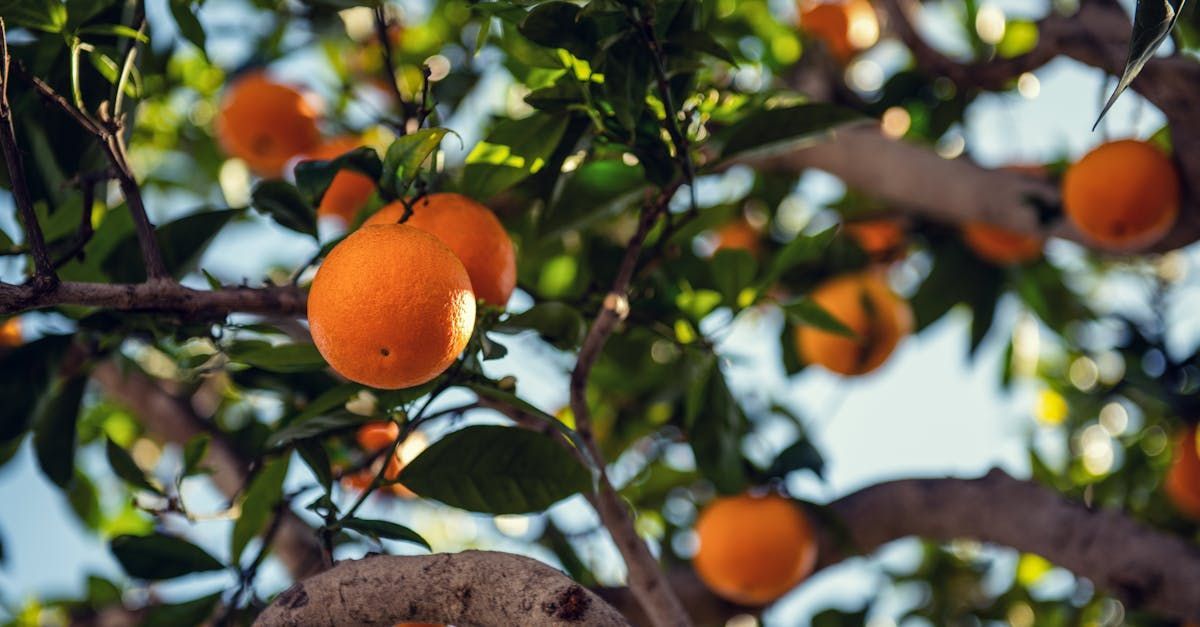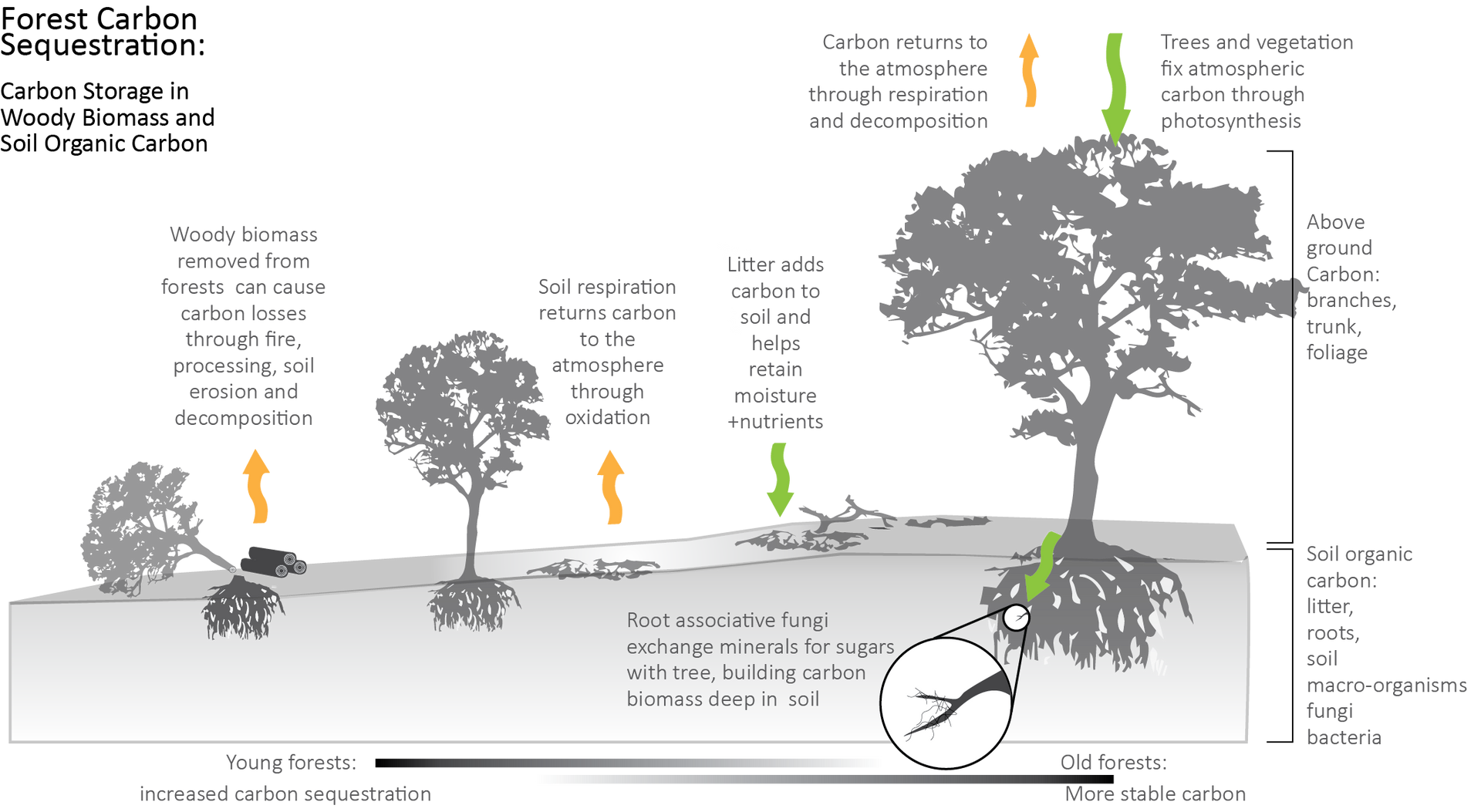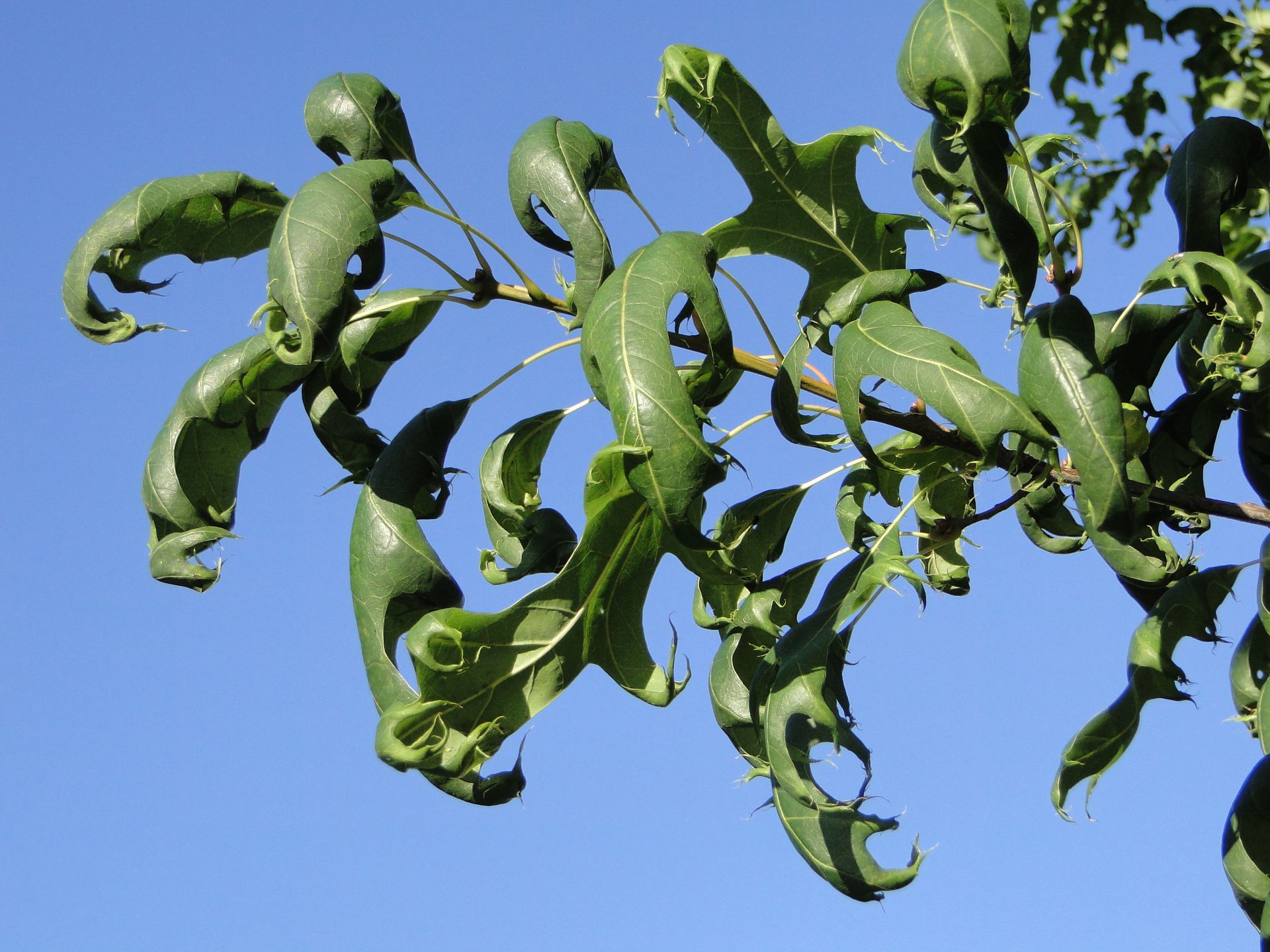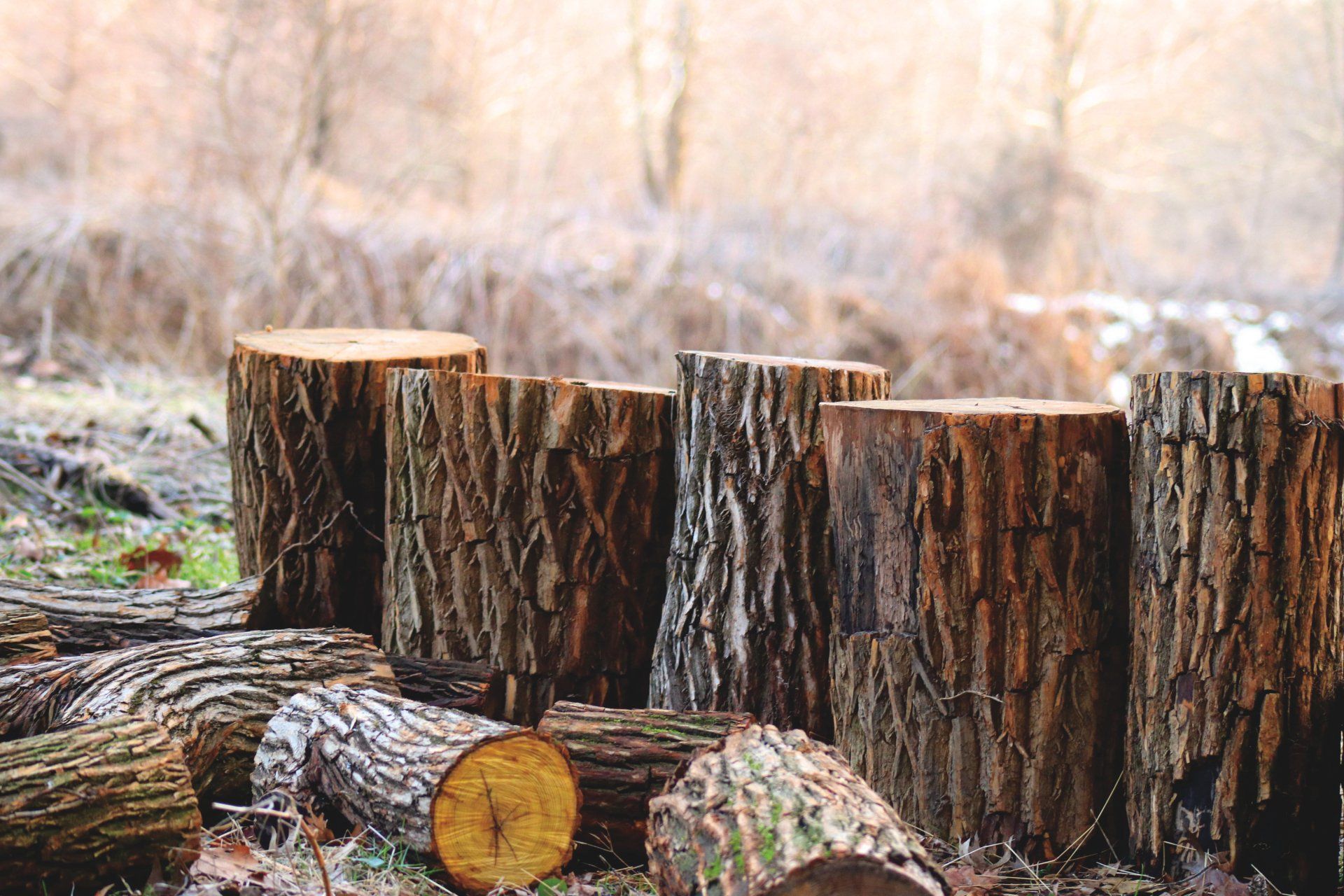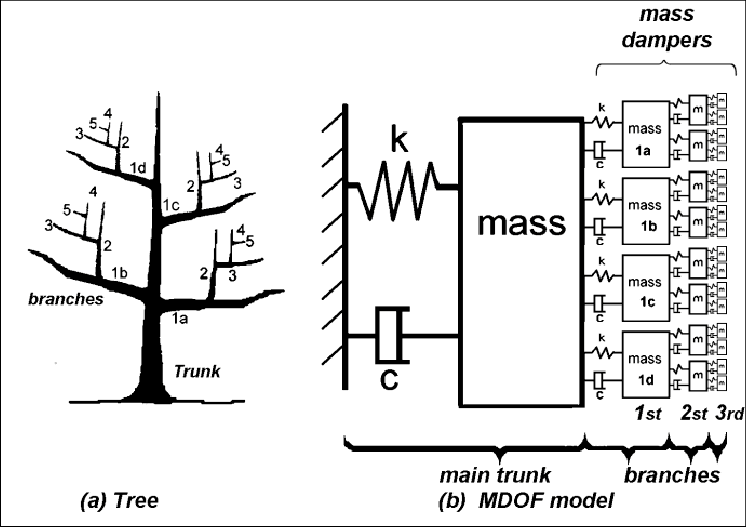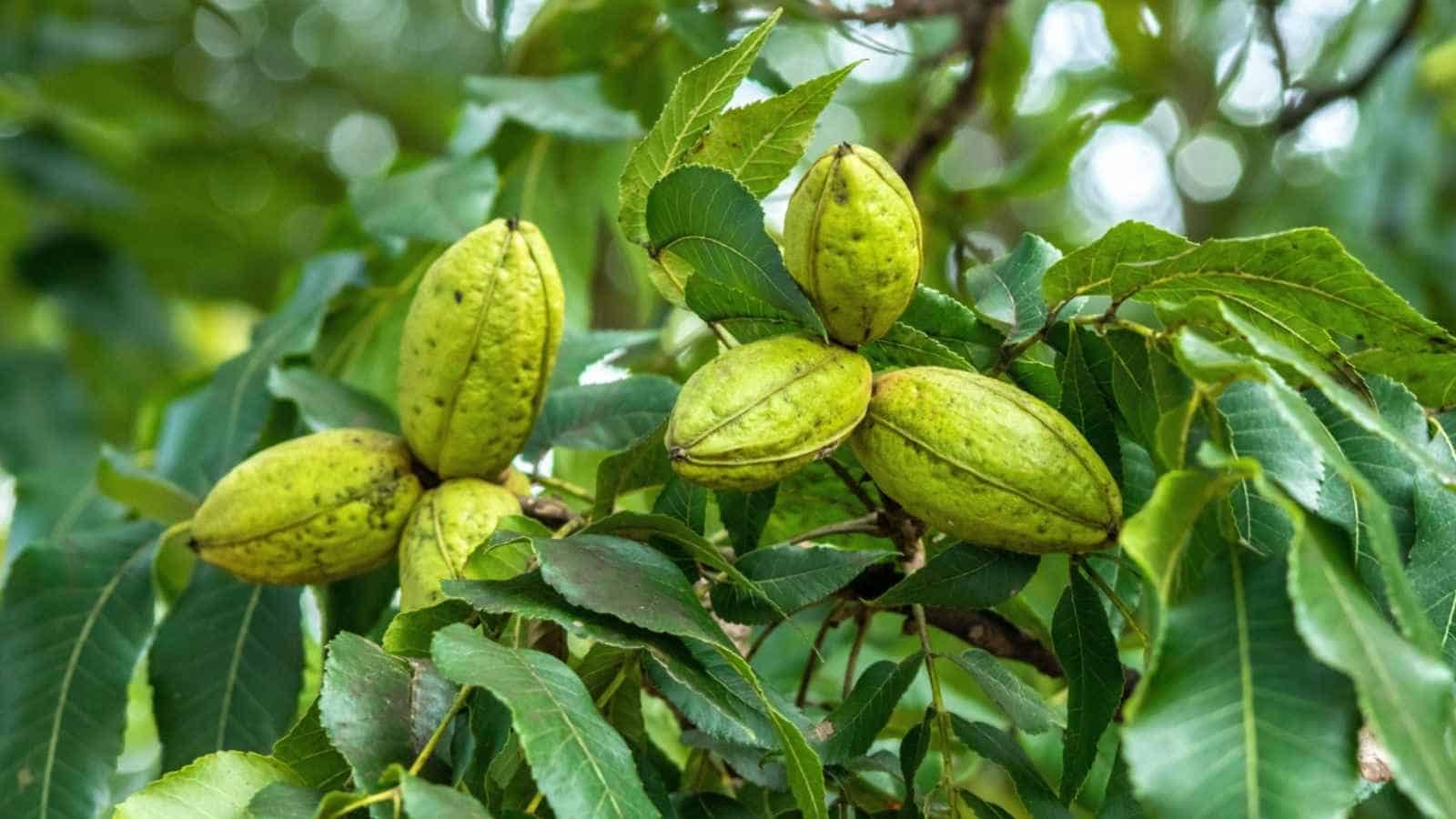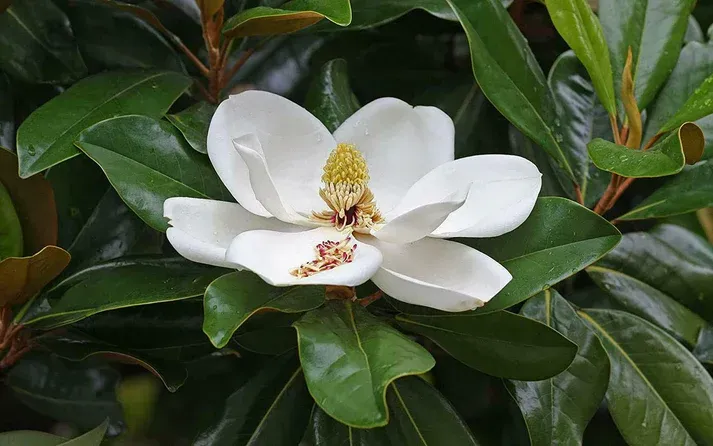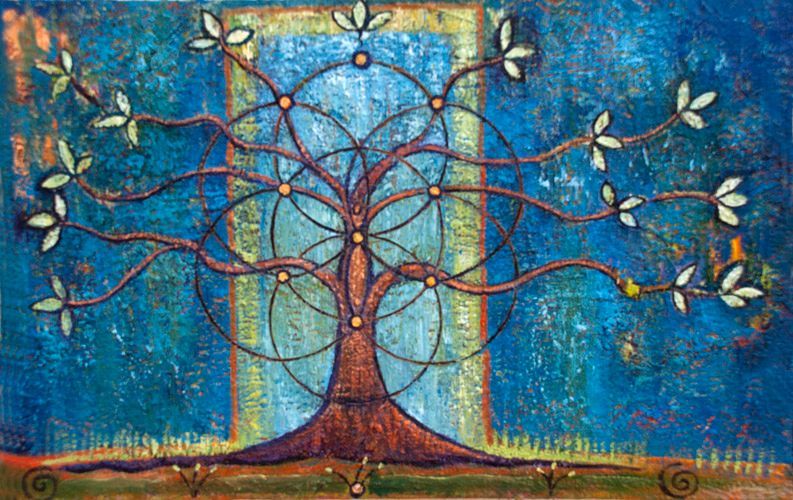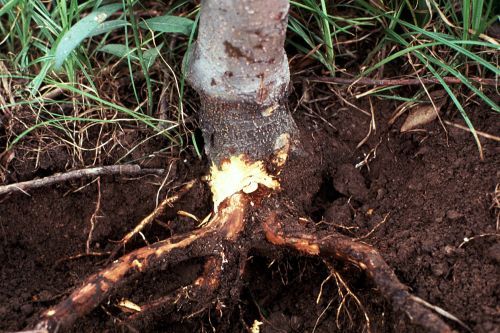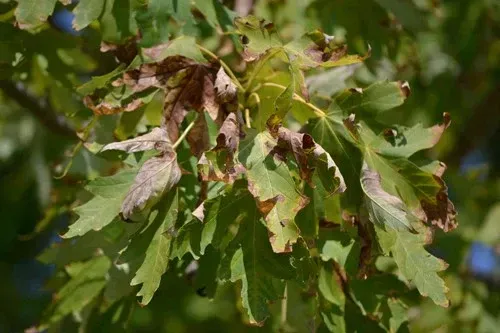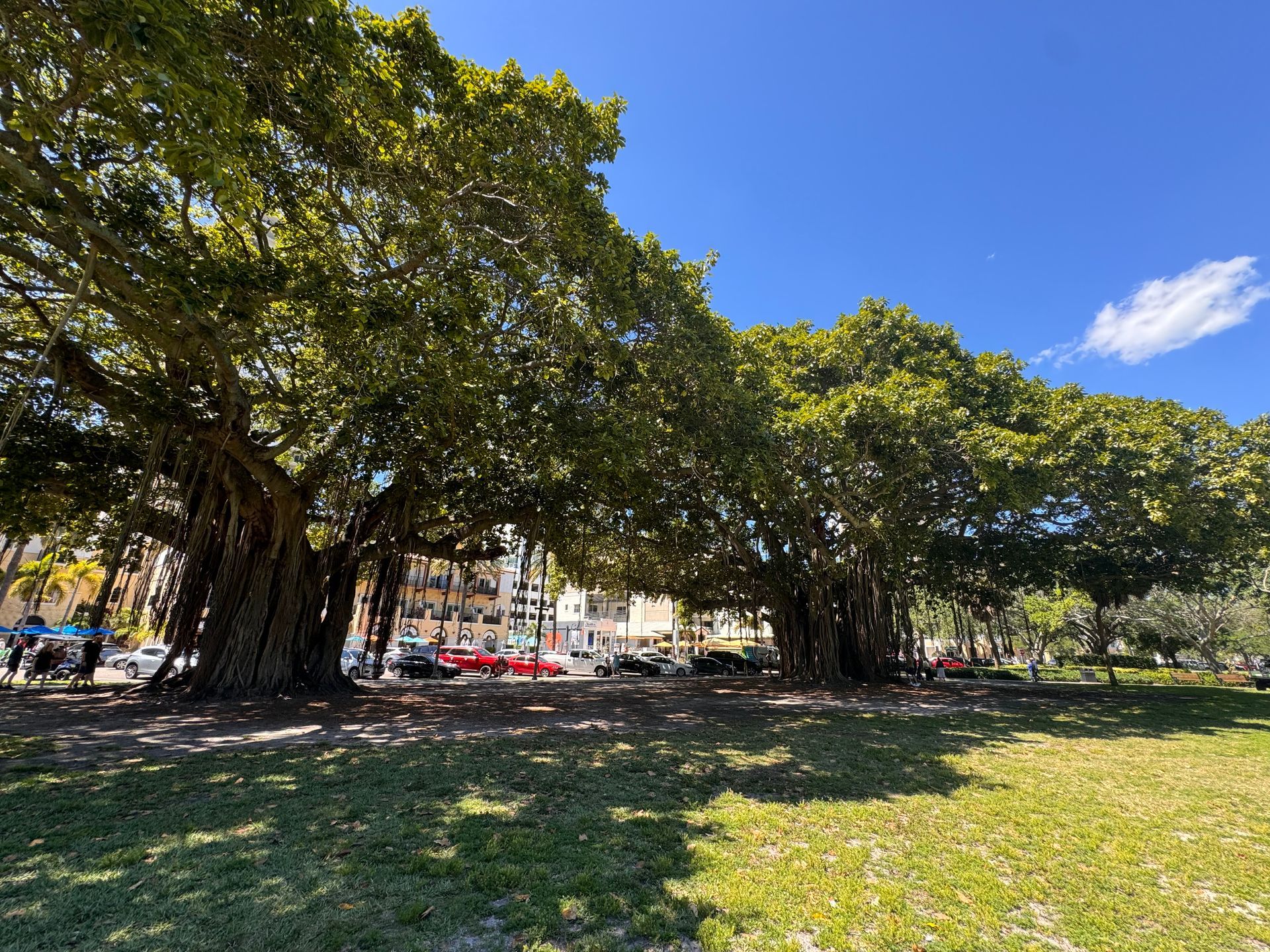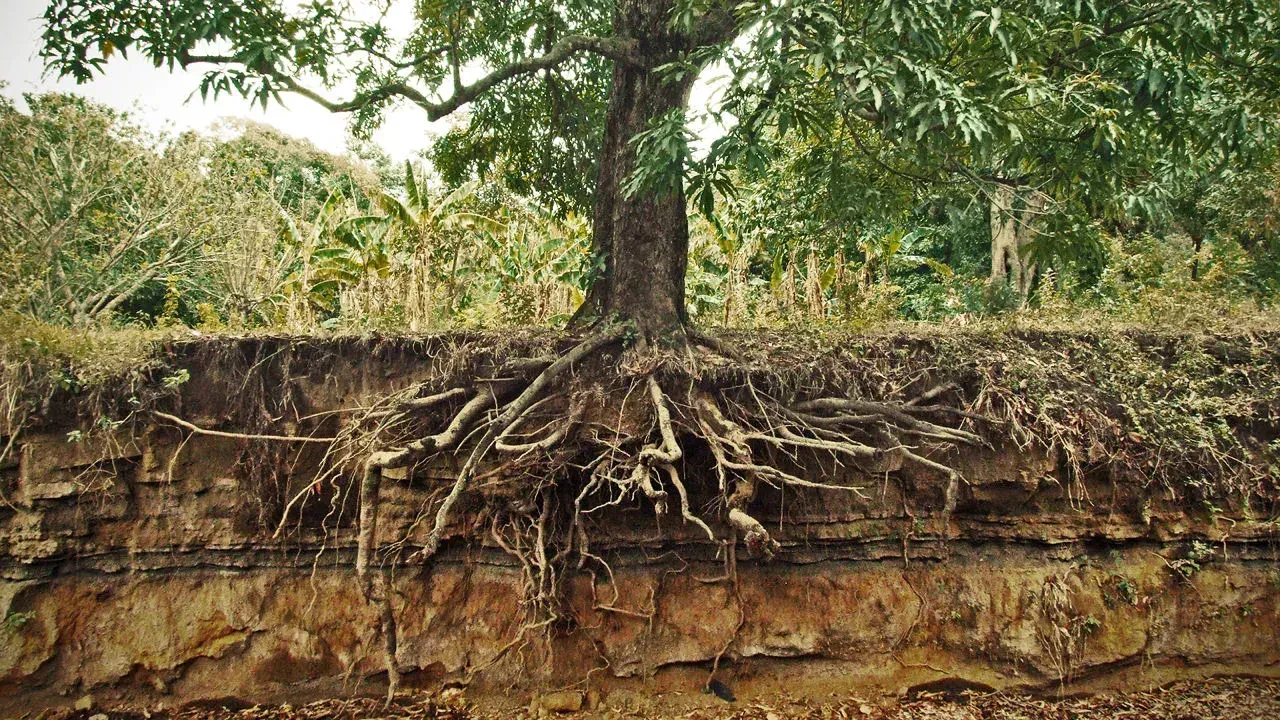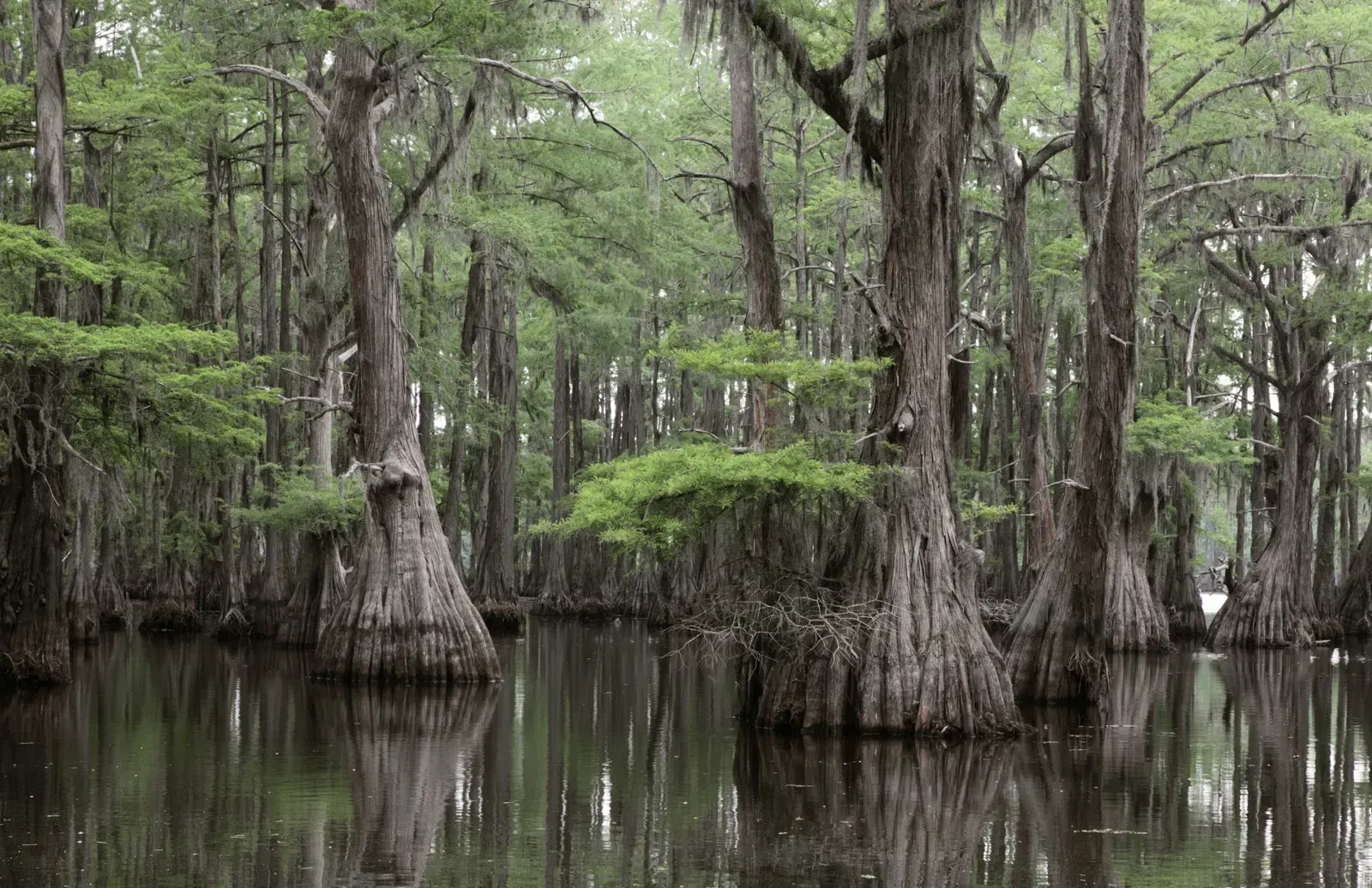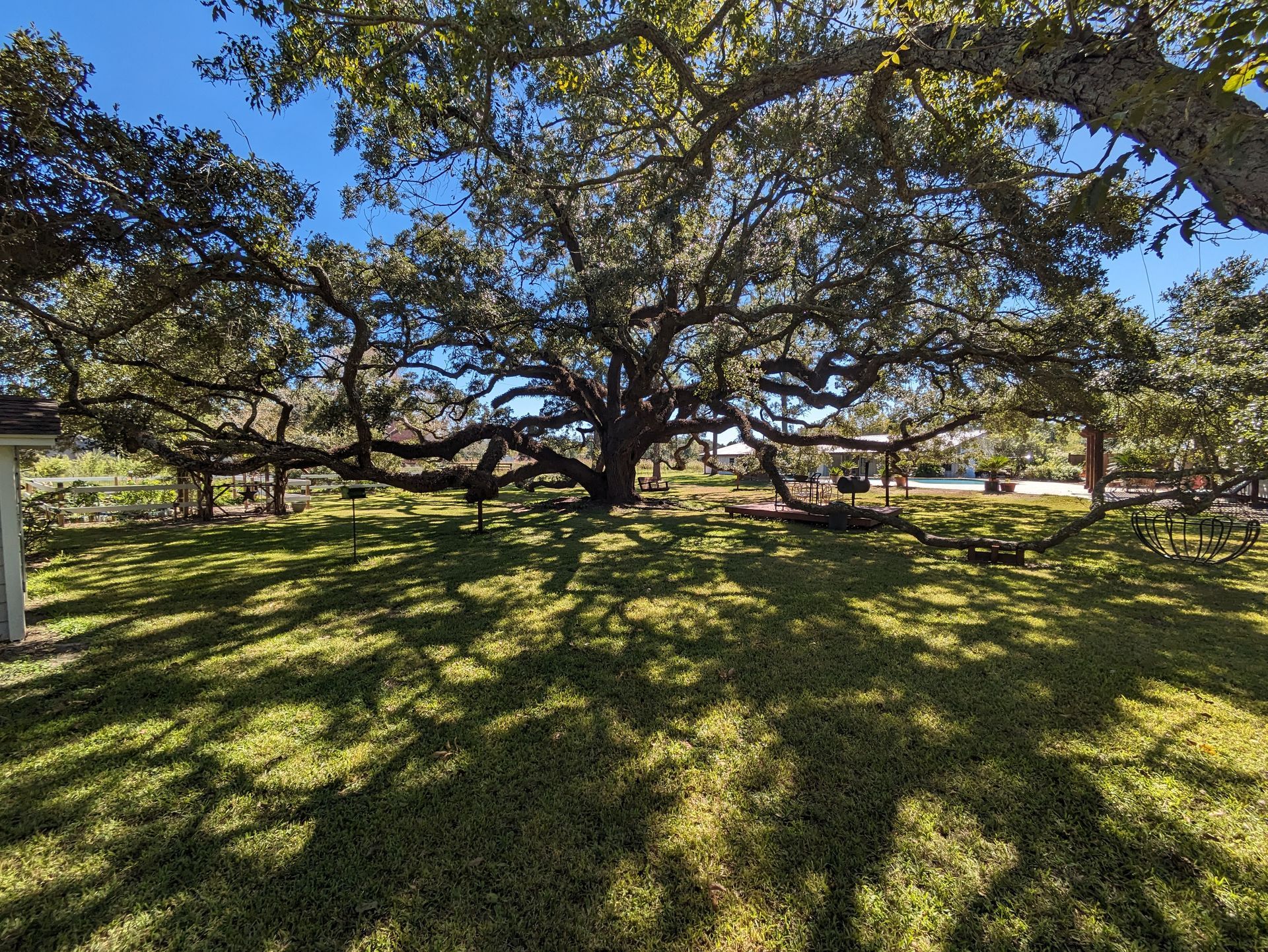Liriope’s Muse: Tree Care Tips from a Master Arborist
TRUSTED TREE CARE SERVICES SINCE 1970
Liriope's Muse: Can Lightning Strikes Fertilize Trees
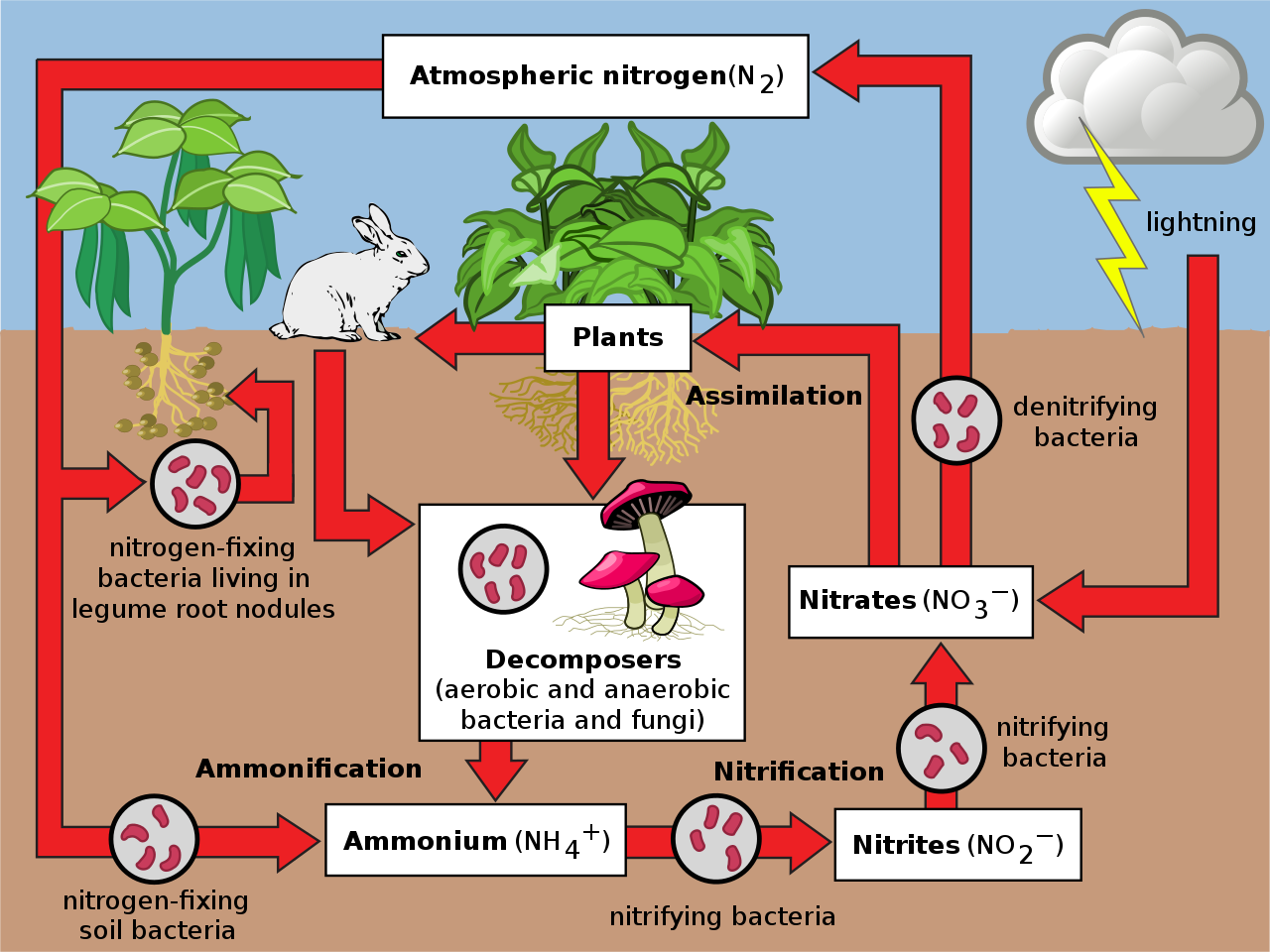
When lightning strikes, the high temperature, and voltage of the bolts break the bonds of atmospheric nitrogen molecules (N2) freeing the nitrogen molecules and opening them up to bond with oxygen molecules (this is called nitrogen fixation by lightning). These newly bonded molecules are called nitrates. Once produced, the nitrates are carried by rainfall to the ground where they can be absorbed by trees directly through the soil, leaves, or bark and converted into amino acids and DNA.
Nitrogen is an essential nutrient for tree function and is a key component of amino acids, which form the building blocks of the trees’ proteins and enzymes. These proteins comprise the structural materials of all living matter (i.e. the DNA structure) and the enzymes facilitate the many biochemical reactions within the tree. Nitrogen also plays an important part in the photosynthesis process; it is a component of the chlorophyll molecule. The chlorophyll molecule enables the plant to capture sunlight energy and convert it into sugars, which in turn drives the trees’ growth and optimizes fruit yield. Nitrogen is also present in the roots and helps regulate nutrient and water intake.
As you can see, nitrogen plays many important roles in trees and plants, so you can imagine that giving it extra nitrogen can only benefit it. Most atmospheric nitrogen (N2) is not pure and cannot be absorbed by a tree's roots, so it must go through the nitrogen cycle; where special bacteria and decomposers in the soil and on the plant have to break the nitrogen down in multiple steps before it can be absorbed. (See picture below) But with the help of the lightning strike, the roots can directly absorb the nitrates and the leaves don’t have to work so hard to filter the atmospheric nitrogen(N2) via stand-alone nonsymbiotic atmospheric nitrogen-fixing bacteria.
Nitrogen is known as a super fertilizer because it is an essential macronutrient needed for tree function. There are 3 main macronutrients found in trees/plants, Nitrogen(N), Potassium(K), and Phosphorus(P). Each of these macronutrients are essential in the photosynthesis process and without them, the tree cannot make its own food. If a tree is sick it may be running low on these essential nutrients, so a fertilizer is like a boost. It's like taking vitamins when you are sick. However, unlike in most plants, fertilizer for trees is not always the healthiest option and can actually do harm due to the long life span of trees and the excessive growth rate as a result of the nitrogen. It can disrupt the physiology of the tree and the true-to-form growth rate.
So, though thunderstorms may not be the most pleasant, they are great for your trees! Not only do they get to absorb the powerful natural fertilizer but they also get to have any grit and grime washed away.
Liriope’s Muse - Expert Tree Care Tips
